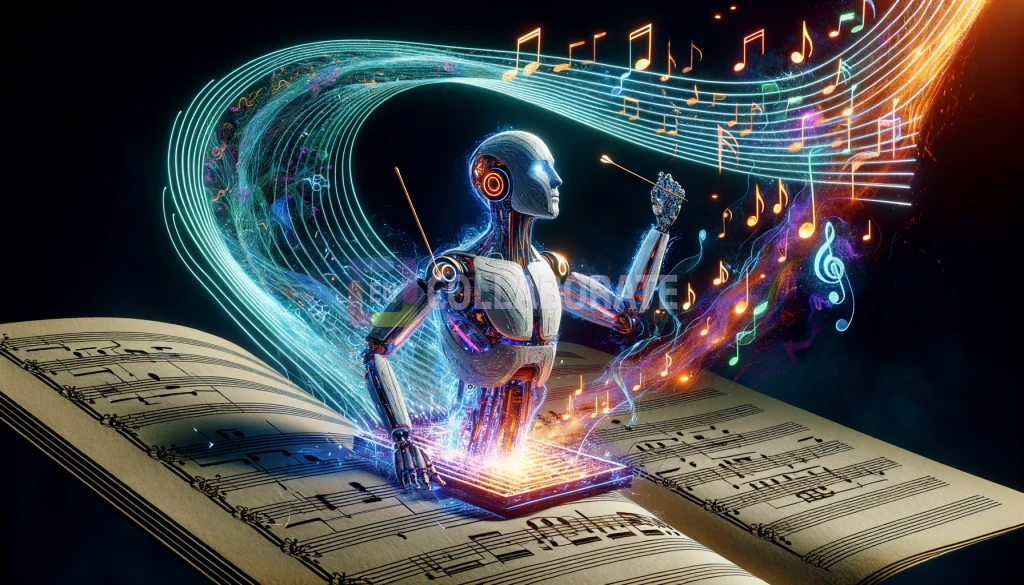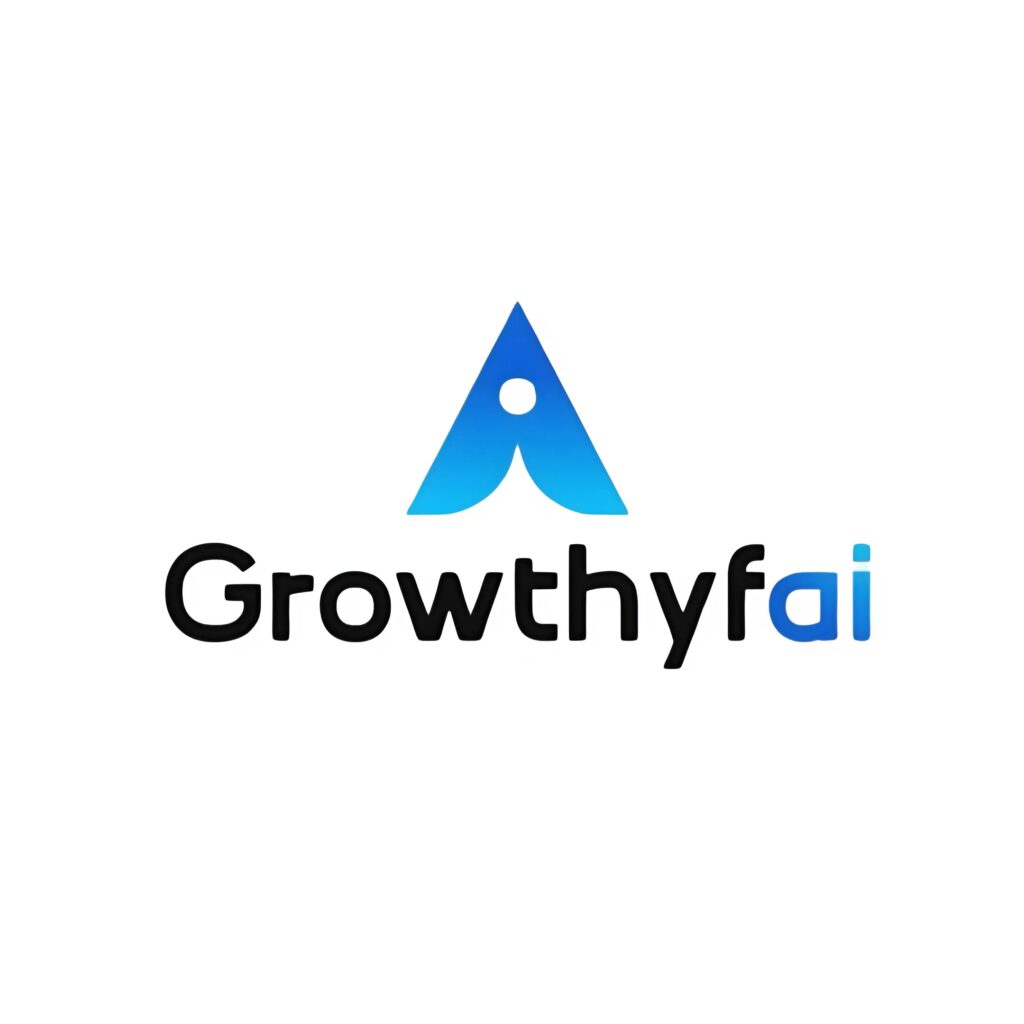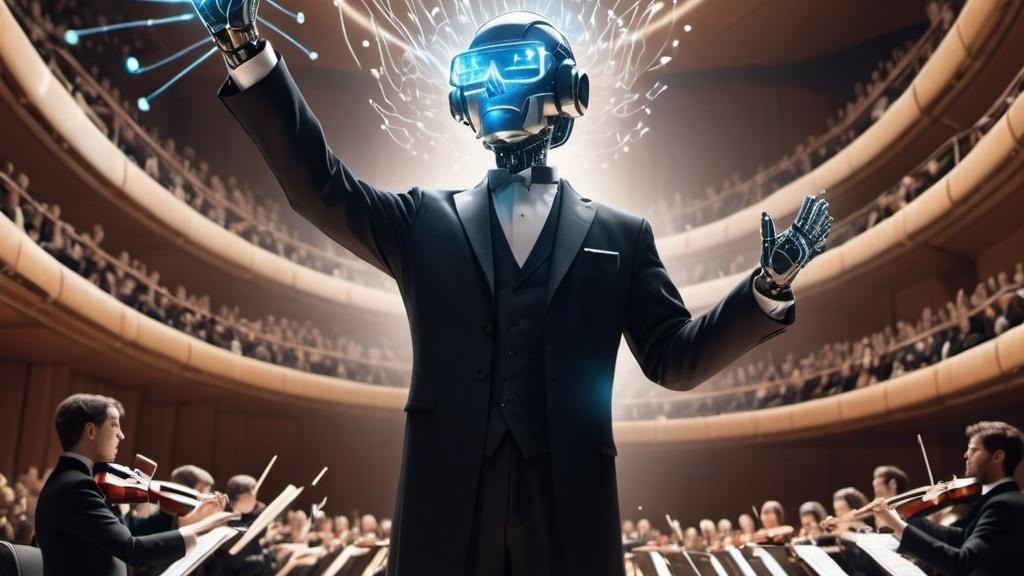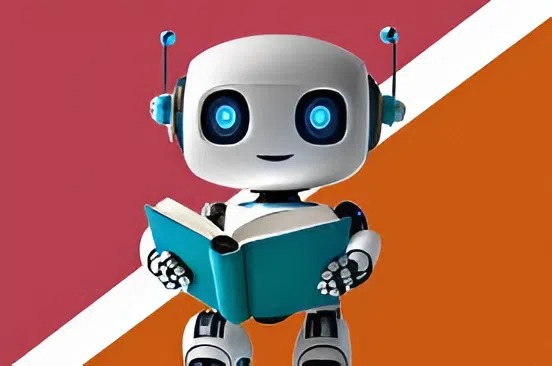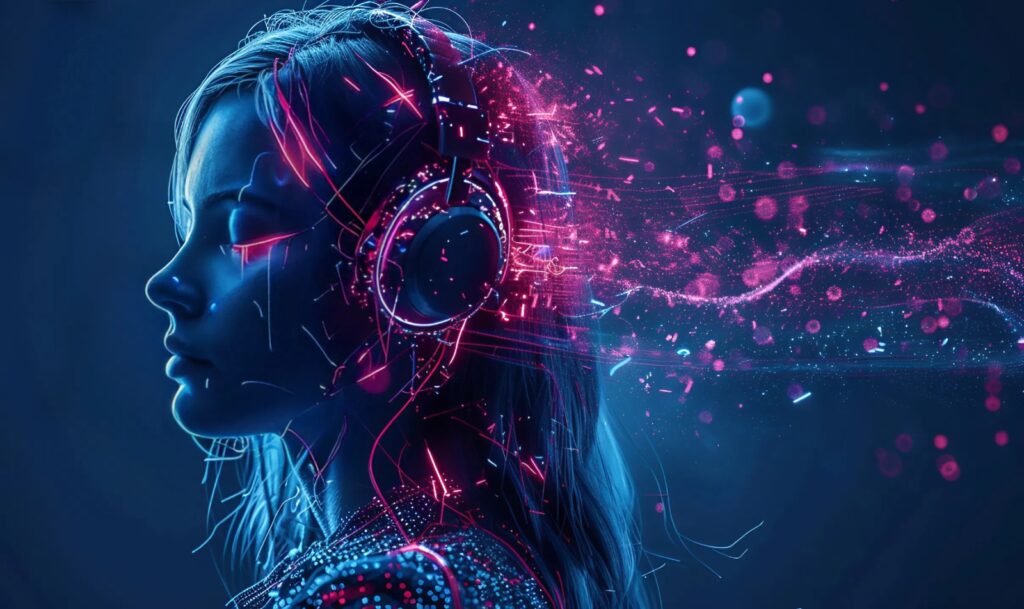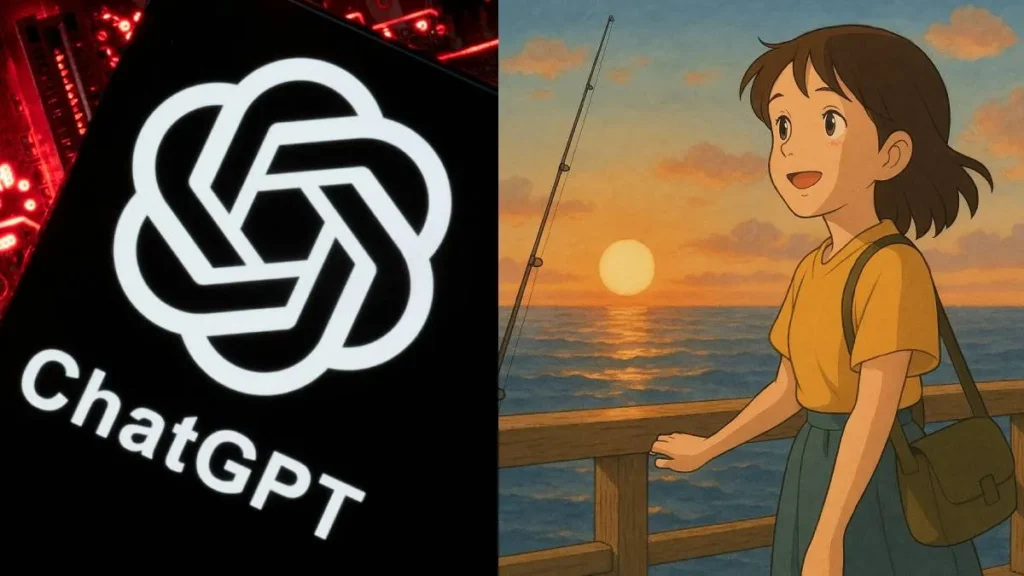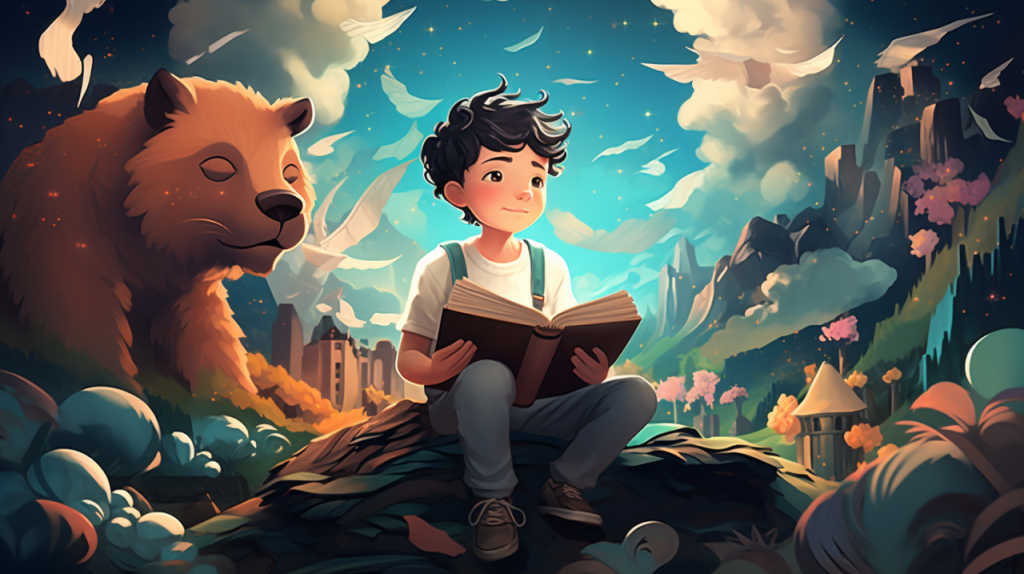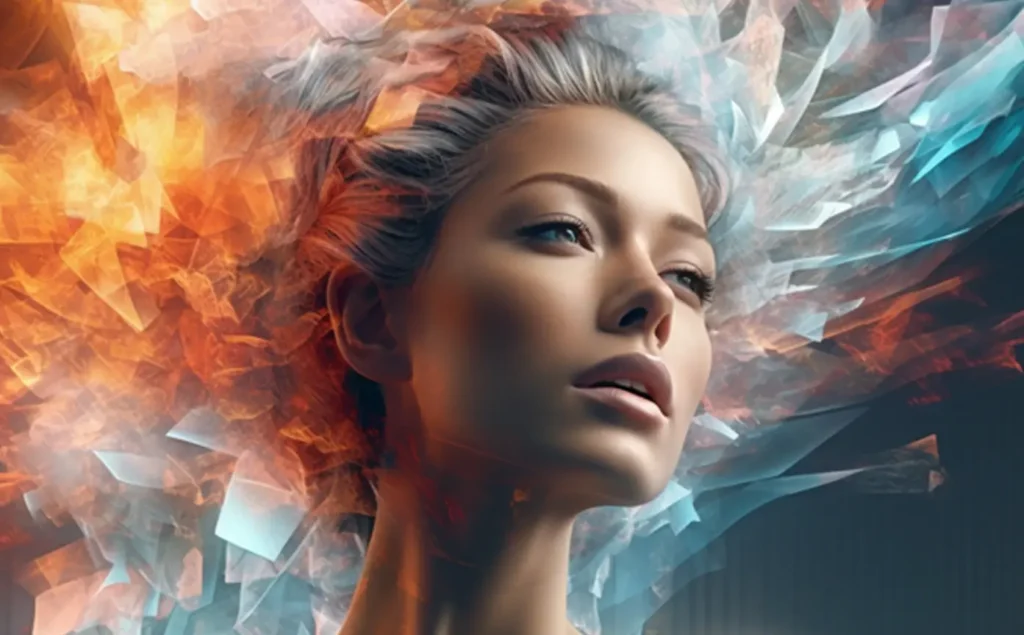Can AI Models Dream? Exploring Machine Hallucinations
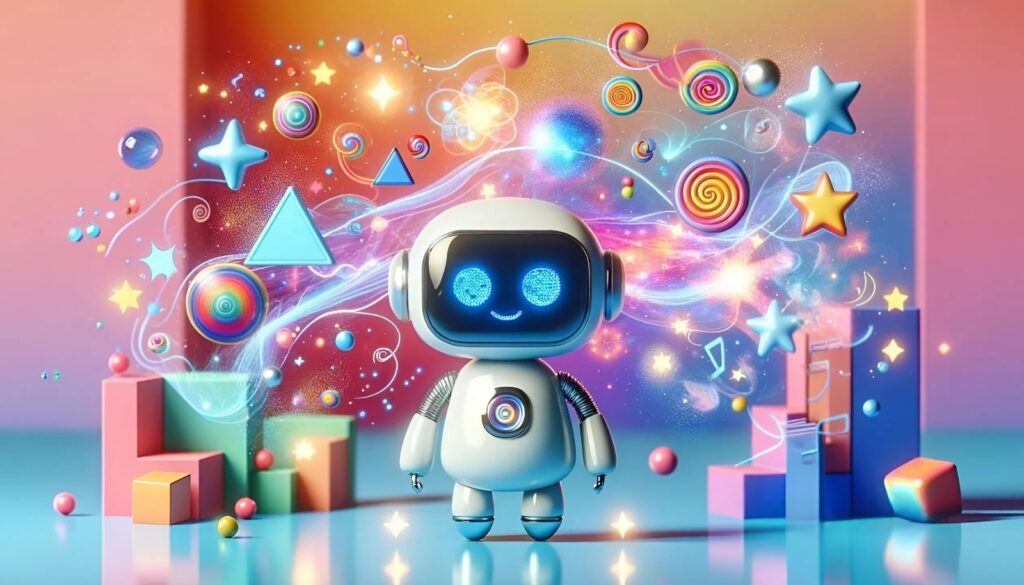
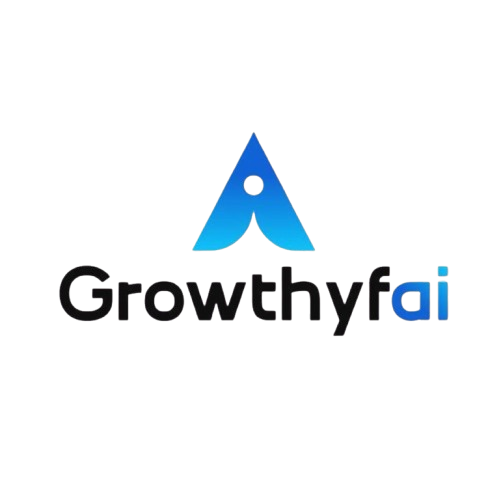
In the ever-evolving landscape of artificial intelligence, the concept of machine learning models having the capacity to “dream” or “hallucinate” is both fascinating and revelatory. The idea of AI models generating content that deviates from reality melds creativity with technical innovation, prompting both excitement and philosophical inquiry. But what does it really mean for a machine to “dream,” and how is this achieved? In this article, we explore the intriguing world of machine hallucinations, examining how AI models create these unintended offshoots of data and their potential implications for creativity and technology.
Understanding Machine Hallucinations
Machine hallucinations refer to instances in which AI systems, particularly neural networks, generate outputs that are either completely fabricated or appear distorted to human consciousness. These occurrences often result from AI models attempting to interpret or recreate the data they have been exposed to. While this can appear similar to dreaming in the human sense, where images and ideas are recombined creatively and sometimes illogically, machine hallucinations are grounded in algorithmic processes rather than subjective experiences.
In essence, these hallucinations arise from deep learning models, particularly those employing generative adversarial networks (GANs) and convolutional neural networks (CNNs). By spiraling through vast datasets, these models attempt to mimic, generate, or transform data. However, the outcomes are not always precise replicas, leading to creative distortions that can be as imaginative as a human dream.
Role of GANs in Machine Creativity
Generative Adversarial Networks, or GANs, play a pivotal role in cultivating AI creativity. Developed by Ian Goodfellow and his team in 2014, GANs consist of two neural networks: a generator and a discriminator. The generator creates new data instances, while the discriminator evaluates them for authenticity. This adversarial setup compels the generator to produce increasingly convincing examples, simulating a learning process akin to human creativity.
Through GANs, machine hallucinations take form. One renowned example is Google’s DeepDream, an artistic adaptation that utilizes convolutional neural networks to embellish images with dream-like patterns. DeepDream identifies and exaggerates features within visual data, creating surreal outputs that aptly embody the concept of synthetic dreaming in machines.
Machine Hallucinations in Art and Beyond
Machine hallucinations have found a significant presence in the art world, offering new avenues for creativity and expression. AI-generated art often incorporates elements that seem deeply ingrained in abstraction and imagination, akin to human creative processes. Artists are increasingly collaborating with AI systems to explore these spontaneous and often unpredictable outcomes, infusing technology into traditional media.
For instance, artist Mario Klingemann uses neural networks to create thought-provoking artworks that blur the line between algorithmic perfection and human touch. Kozmedroit, a project by artist Refik Anadol, also exemplifies this junction by utilizing machine learning to generate dynamic 3D sculptures through digital data. These interactions between AI and art not only expand artistic horizons but also test the limits of machine creativity.
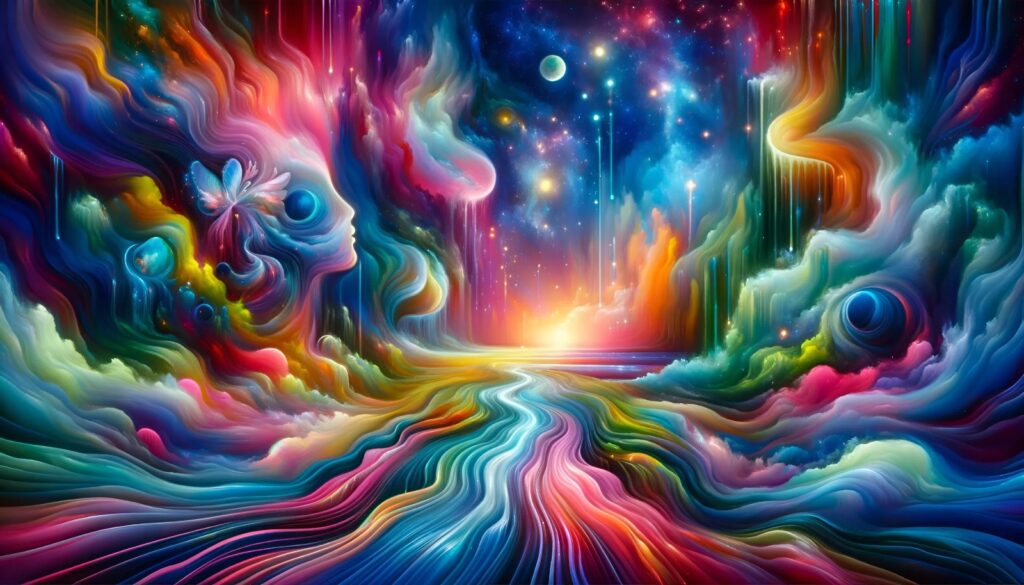
Implications of Machine Hallucinations
While machine hallucinations offer unprecedented creative prospects, they also raise critical questions about authenticity, originality, and the boundaries of computational creativity. As AI continues to advance, it challenges the definition of what it means to create art, making us ponder whether outputs generated by AI models should be ascribed the same value as those crafted by human hands.
Moreover, machine hallucinations throw light on ethical dilemmas surrounding artificial intelligence. As AI-generated content becomes more sophisticated, discerning between genuine and fabricated data could pose significant challenges, influencing areas ranging from media integrity to legal frameworks. Understanding the mechanisms behind machine hallucinations is crucial in developing ethical guidelines that govern AI’s role in society.
Conclusion
As we tread further into the realms of artificial intelligence and machine creativity, the phenomenon of machine hallucinations illuminates the potential and limits of AI’s creative capabilities. While machines may not dream in the human-centric understanding of the term, their algorithm-driven hallucinations offer a gateway into new dimensions of artistic expression and technical innovation.
AI models, with their capacity to generate unprecedented outputs, reshape our understanding of creativity, forcing us to re-evaluate the essence of art and the role of technology in human culture. As these machine hallucinations become more intricate and intertwined with our digital landscape, they will undoubtedly continue to challenge, inspire, and transform our perceptions of creativity in the age of artificial intelligence.

